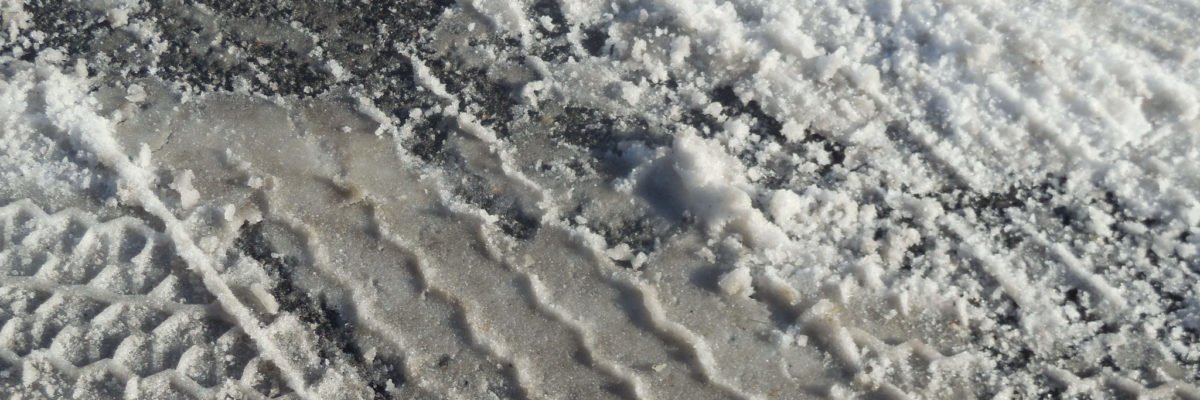Even if you’re an experienced driver, the winter can make driving difficult and dangerous. Read our winter driving tips to make sure you’re prepared for all the hazards the cold weather can bring.

Preparing Your Car
Freezing temperatures, rain, and snow can all take their toll on your car. That’s why absolutely essential to make sure your vehicle is ready for inhospitable winter weather.
Have your car checked by an experienced mechanic. You might wish to get into the habit of annually servicing your car in September, well before the cold weather arrives. Or alternatively, many garages offer winter check ups.
At the very least, make sure your tyres, oil, antifreeze, windscreen wipers, washer fluid, and brakes are checked. Be sure to immediately fix any issues that are found.
Remember: you can reduce the risk of being stranded in freezing conditions by keeping your car in good working order.
Finally, whilst it can feel like fighting a losing battle, here are some important reasons to keep your car clean during winter:
- Dirty windscreens make it harder to get all-round visibility – clean them both inside and out
- Headlights can quickly become dirty in poor conditions, making it harder to see in the dark
- The salt that’s used to melt ice on the roads can build up on your bodywork and cause rust
- Your numberplates must always be legible – a dirty one could cost you a £1,000 fine
Pack a Winter Survival Kit
Here’s how to make sure you’re prepared in case your car does let you down, or if you’re caught in a long traffic jam. Having an emergency kit in your car will help you to stay safe and comfortable until help arrives.
In your winter emergency kit you’ll need:
- An ice scraper
- De-icer
- A portable shovel
- Warm clothes and blankets
A few bottles of water and some non-perishable snacks will also come in handy in case you’re stranded for a longer period of time.
We also recommend keeping these other useful items in your car all year round:
- A torch with spare batteries
- A hi-vis reflective jacket
- An emergency warning triangle
- Jump start leads
- First aid kit
Planning Your Journey
The best winter driving advice for dangerous weather is to avoid travelling at all if you can.
If you must travel, always check the weather forecast for any weather warnings along your chosen route. If bad conditions have been forecast, it may well be worth waiting a little while for the weather to clear. You might even be able to plot a new route to avoid the wintry hazards.
Driving in Poor Weather
If your journey is essential and there’s no way around the poor weather, you’ll need adjust your driving to suit the conditions. Remember that both accelerating and decelerating take longer in snow and ice. It’s important to take your time and leave plenty of space between yourself and the driver in front.
In bad weather conditions, check your brakes on a regular basis to ensure they’re engaged and working well. If you’re driving uphill, resist the temptation to put your foot down. Sending too much power to the wheels might make them spin and cause you to lose control. However, it’s also important to avoid stopping on hills in ice or snow as getting started again can be very tricky.
Remember: slow and steady wins the race in wintry weather!
Winter Driving Tips From the AA
Winter can be tough on your car battery because you’ll often to need to use lights, heating, demisters and wipers all at the same time. If your car won’t start, turn off all your electricals before trying again. Use the starter in short, five-second bursts. If the engine doesn’t catch, wait 30 seconds before giving it another go.
Antifreeze can help to protect your engine down to -34˚C. It only costs a few pounds and will prevent your engine from freezing in all but the most extreme conditions. A frozen engine is at high risk of being damaged. Make sure you check what type of antifreeze your car requires before using. Never use water on its own.
Before you set off on a drive, make sure your windows are clear both inside and out. It’s also important to remove snow from your car’s roof as this can slip down whilst you are driving and obscure your vision.
If you live in an area that’s prone to heavy snowfall, consider investing in winter or all season tyres. They will improve your grip in both snow or ice and wet conditions.
The Royal Society for the Prevention of Accidents has produced a road safety factsheet that focuses on winter driving tips. You can download it from the ROSPA website and then print it out to keep in your car.
Get the Right Skills
Safe winter driving is all about being prepared. Making sure you have the right skills to deal with challenging driving conditions is an important part of this preparation too.
At How-2-Drive we believe in giving drivers the skills they need for a lifetime of safe driving. We can give you the training and support you need to become a confident and safe driver. Take a look at our Pass Plus Course and Refresher Driving Lessons to find out more.
